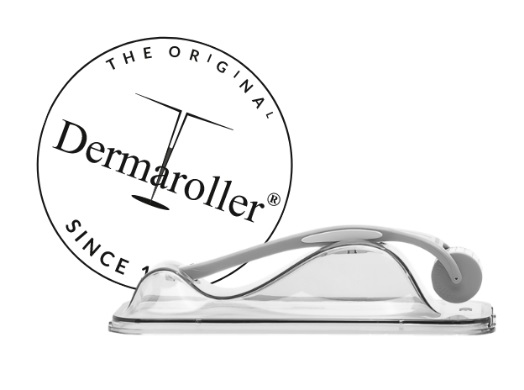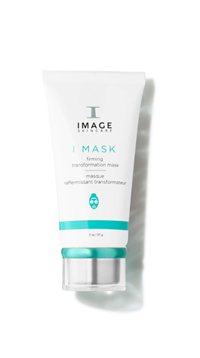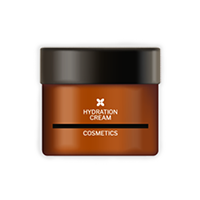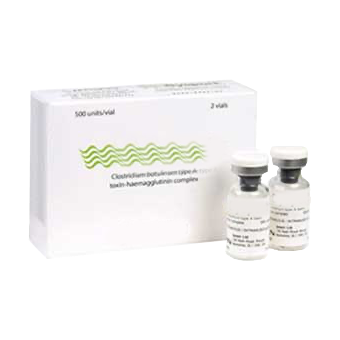 Pigmentation is one of those things that never quite stays solved. You treat it, it fades, and just when you think you’ve cracked it, there it is again. For some people, it’s hormonal. For others, it’s UV damage. But if you’ve noticed it bouncing back after you’ve stopped using a brightening serum or peel, you might be dealing with what’s called rebound pigmentation.
Pigmentation is one of those things that never quite stays solved. You treat it, it fades, and just when you think you’ve cracked it, there it is again. For some people, it’s hormonal. For others, it’s UV damage. But if you’ve noticed it bouncing back after you’ve stopped using a brightening serum or peel, you might be dealing with what’s called rebound pigmentation.“It happens more than people realise,” says Dr Shweta Mehta, Aesthetic Doctor at The Clinic by Dr. Maryam Zamani. “I regularly see patients who’ve done the hard work by committing to a routine, seen major improvements, but the second they stop, the pigmentation creeps back. Sometimes it’s worse than before,” she adds.
At its core, rebound pigmentation is the skin’s response to losing whatever was keeping its melanin production in check. It’s not caused by inflammation like PIH (post-inflammatory hyperpigmentation), but by eliminating actives too quickly. Think hydroquinone, tranexamic acid, peels, and even lasers— basically any treatment that suppresses melanin can trigger regression if it’s halted without a plan.
“This kind of flare-up is especially common in skin of colour, as Fitzpatrick types IV to VI are already more prone to pigment changes and when melanin suppression ends abruptly, the skin tends to overcompensate,” Dr Mehta explains.
And it doesn’t always happen overnight. “Sometimes you’ll get a few clear weeks, maybe even a couple of months, and then slowly the patches start to reappear,” says Dr Mehta. “It all depends on the treatment, how long you were on it, how good your sun protection is, and what else is going on with your hormones or barrier,” she adds.
The social media effect
But, if there’s one thing Dr Mehta’s noticed more recently, it’s the rise in pigment problems linked to what she calls “DIY layering.” The kind of routines people pull together after watching 15-second TikToks and influencer explainers. “People are using retinoids, glycolic, salicylic, vitamin C, hydroquinone, all at once. Sometimes on irritated skin, sometimes every single day.”It's not the actives themselves that are the problem—most of them work wonders when used properly—it’s the growing tendency to dive straight into combinations that haven’t been assessed by an expert for safety or suitability. “I’ve had patients come in with red, inflamed skin, wondering why their pigmentation is worse. When we talk through their routine, they’re often doing too much, too soon, and without realising it, they’ve caused a rebound.”
Getting the timing right
One of the simplest ways to reduce the risk, according to Dr Mehta, is through skin cycling, an approach that balances active ingredients with time off. It’s a methodical way of giving the skin what it needs, without overdoing it. “I usually start patients on a rhythm of active-rest days. We might begin with a treatment serum like hydroquinone or azelaic acid on day one, followed by a retinoid on day two. Day three might be a gentle exfoliant like mandelic acid which I favour over glycolic as it’s less irritating. Then we build in rest days, using ceramides, niacinamide, and calming moisturisers. And then we repeat the cycle.”If your skin gets on well, you can “work your way up to daily use of most recommended actives. Then, after three months, I recommend a pause for one to three months before repeating the cycle. That rest period makes a huge difference when it comes to long-term tolerance.”
Don’t skip SPF
However, your actives can only do so much. Without exception, one of the cornerstones of a pigment control protocol needs to be sun protection. But according to Mehta, not all sunscreens are equal when it comes to preventing flare-ups. “Look for tinted options or those that contain iron oxides, as they protect against visible light, which can also trigger melanin production, especially in darker skin types.”And be consistent. “Sun protection has to be daily, year-round. Even indoors. Even when it’s grey out. If you’re not doing that, you’re undoing half the work your skincare is trying to do.”
Know when to stop
With that said, even if you are doing everything right, it can be very tempting to up the ante faster than you should if you’re not seeing results, or if your pigmentation starts to creep back. But pushing your skin when it’s already struggling is a fast track to a damaged barrier and more inflammation.“I always tell patients that if the skin is red, sore, peeling, or feeling unusually sensitive, you should stop treatment,” says Dr Mehta. “Get back to basics and focus on barrier repair. Keep things simple—hydration, moisture, no exfoliants or actives. Once the skin is calm, we can reassess and restart with a gentler plan.”
What about in-clinic options?
In-clinic treatments tend not to be a gentler option, however, done right and planned out well, professional treatments can be really helpful at reducing rebound pigmentation, and keeping it at bay. “For peels, I prefer lower concentrations of glycolic acid. It’s about steady, safe exfoliation rather than shocking the skin,” Dr Mehta explains.“Devices like lasers, IPL, and energy-based tech all have their place, but you need a practitioner that can pick the right device for your skin tone and type,” adds Mehta. There’s also the issue of timing. “Some people book lasers right before a holiday, or during the summer months. That’s not ideal. I always work around a patient’s lifestyle and season. If the timing isn’t right, we wait.”
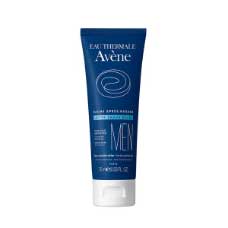
 Added to basket
Added to basket

 Unapplied Changes
Unapplied Changes


